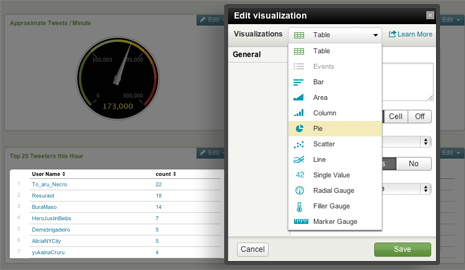While at a client recently, I had the task of creating a dashboard with the ability to look at Linux and Windows data's highest points and averages. The Windows and Linux data needed to be viewed separately, but still have the ability to view the data in total. To accomplish this, I created a base search using six macros: two to encompass both operating systems with each calculation mode, and two per operating system for each calculation mode.My first step was to create the macros. This is done by Settings > Advanced Search > Search Macros. Once at this page, click “New”. You will be...
Macros and Tokens: Getting the Best Use of Them




